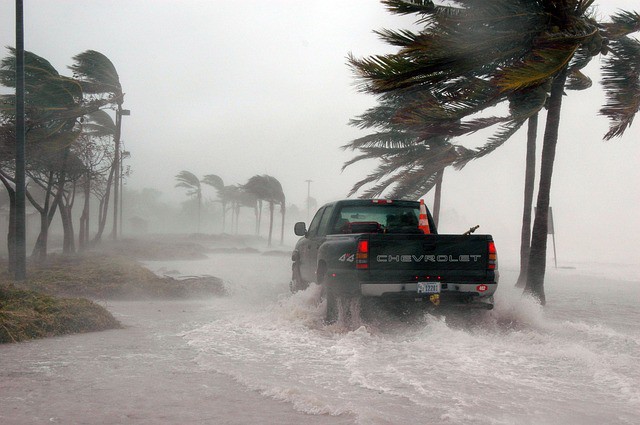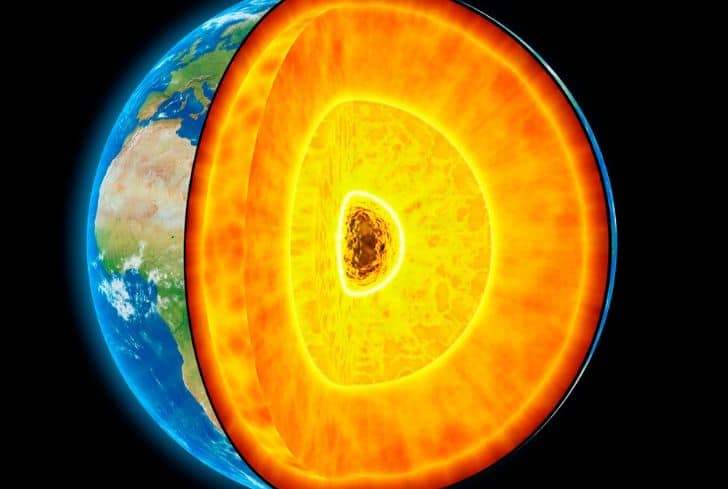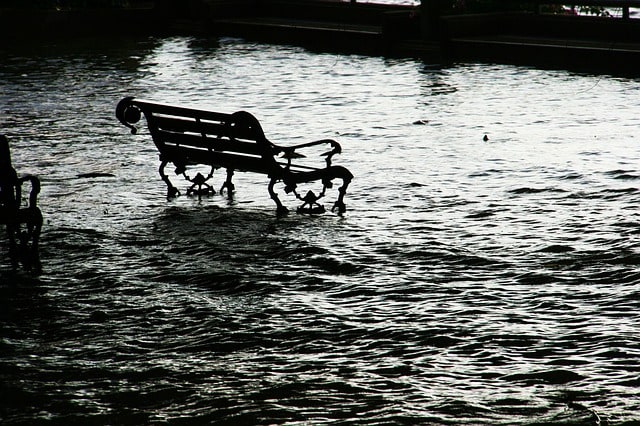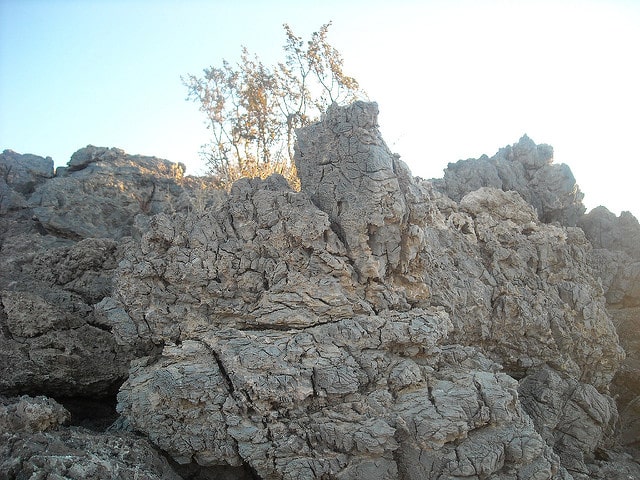What is a Tsunami and What Causes a Tsunami?

A tsunami is a sudden violent change in the earth’s surface resulting from a destructive sea wave caused by an earthquake or volcanic eruption. The volcanic or earthquake activity usually creates a huge wave underneath the ocean, which eventually come down violently onto the shoreline.
The outcomes can be devastating for the communities living adjacent to the shoreline since it has the potential of wiping out an entire coastal town. The word tsunami literally means ‘harbor wave’ coined from Japanese prefix ‘tsu’ to mean harbor and suffix ‘nami’ to mean wave.
For this reason, tsunamis are often known to be a series of enormous seismic sea waves since they are created by underwater disturbances such as landslides, underwater volcanic eruption or earthquakes. Tsunamis can move at speeds of up to hundreds of miles per hour in the open ocean and crash into the land with waves as great as 100 feet or more.
According to Weatherwizkids, “A tsunami is a large ocean wave usually caused by an underwater earthquake or a volcanic explosion. Tsunamis are NOT tidal waves. Tidal waves are caused by the forces of the moon, sun, and planets upon the tides, as well as the wind as it moves over the water. With typical waves, water flows in circles, but with a tsunami, water flows straight.“
What Causes a Tsunami?
Tsunamis are caused by underwater landslides, volcanic eruption, earthquakes, or on very rare occasions large meteorite strikes that then generate sudden movements on the ocean floor. However, in most cases, tsunamis are caused by powerful underwater earthquakes. Let’s look at the detailed aspects of the causal factors
- Earthquakes
The majority of recorded tsunamis caused by powerful earthquakes on the ocean floor are results of tectonic plate movements. When these plates move past each other suddenly, it causes an earthquake that, in turn, makes the overlying water to move.
Simply put, a tsunami of this nature is like the effect of an earthquake on the land surface. This means, when the plates (rocks) break or slide past each other at the fault lines underneath the ocean, the shock waves that results because of the earth’s store energy escapes through the earth’s crust below the seas.
As a result, the vast amounts of seismic energy released in the form of an earthquake under the sea suddenly push up the ocean floor. This abruptly displaces a vast amount of ocean water, dispersing outward in all directions from the epicenter of the earthquake.
The damages from a tsunami are commonly worst in areas most adjacent to the undersea earthquake, primarily because the seismic waves will reach the coastal lines so quickly and with powerful strength. At times, the strength of earthquake waves in the middle of the seas recedes because of the expanse of the Pacific.
Alert systems can also be used to warn of advancing waves. In March of 2011 for instance, Japan was hit by a powerful tsunami that was sparked off by a 9.0 magnitude earthquake. More than 15,000 fatalities were registered, and damages amounted to billions of dollars.
- Volcanic Activity
Volcanic activity can significantly cause tsunamis, but it is less common. As magma rises to the crust during a volcanic eruption, it causes disturbance which can displace water bodies when the volcanic activity is adjacent to ocean waters or if it occurs from the bottom of the ocean.
Volcanic activity can as well create fault lines or set off underground disturbances that can instigate the sudden ripping or fall of the tectonic plates under water, thus, releasing the pent-up pressure which disperses outwards in all directions. The tsunamis set off by volcanic activity can be summarized in the following ways:
- Destructible collapse of island, underwater, and coastal volcanoes which cause enormous landslides that displace the ocean water
- Collapse of caldera volcano after an eruption that causes the overlying water to drop abruptly
- The pyroclastic flows – the dense slurry mixture of pumice, ash, gas and hot blocks that drops down the volcanic slopes into ocean waters, thus, displacing the water outwards.
- Landslides
The slides of large masses of dirt and rocks under water can cause a tsunami. Landslides can also contribute to sinking or slumps of heavy land masses into the ocean thereby causing a sudden movement of the ocean water. This phenomenon is merely because landslides displace the water masses and cause underground disturbances that, in turn, pushes the water outwards towards the shores.
- Large Meteorite Strikes or Nuclear Explosions
Seismic waves (wave shocks), underwater disturbances and ocean water displacement that lead to tsunamis can be generated by nuclear explosions or large meteorite strikes. Nonetheless, tsunami events associated with large meteor strikes or nuclear explosions are very rare.






